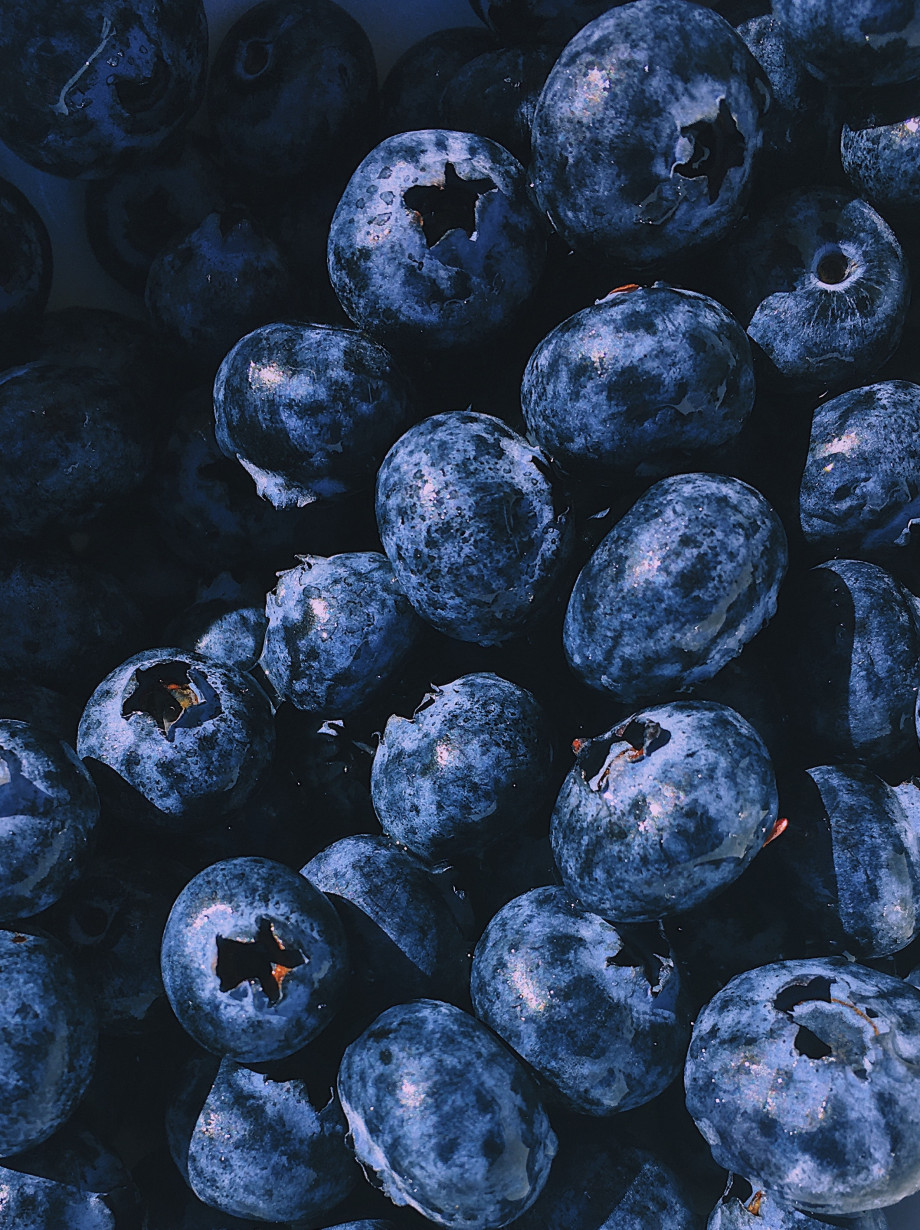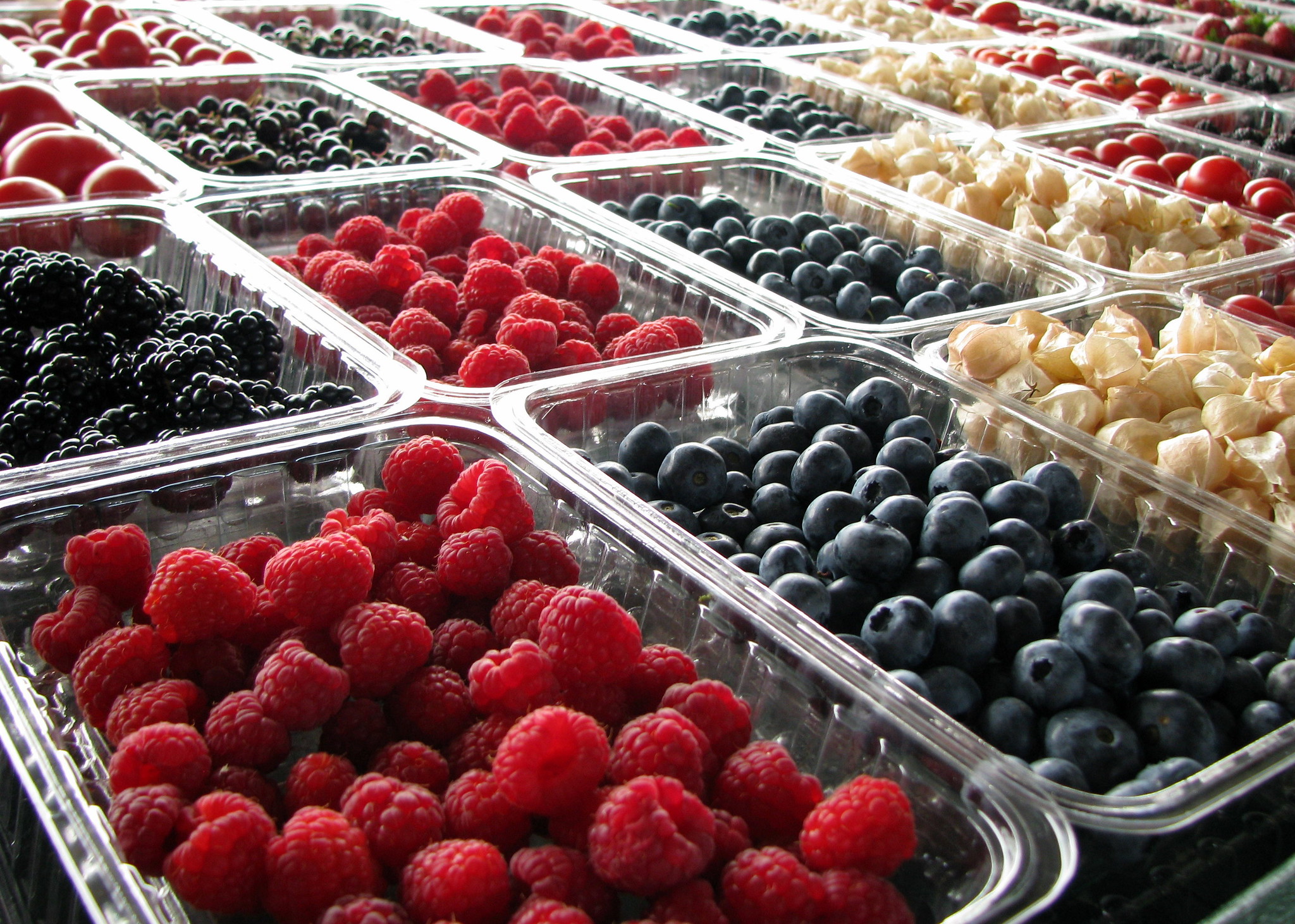Adaptation seems to be the only way for Chile to regain its position in a global blueberry industry that has changed a lot in recent years.
From number one, Chile has fallen in the rankings in a tremendously complex scenario, not only in terms of quantity, where it still remains in the top three, but also in the most important thing: the quality and condition of the fruit.
In the meantime, Peru has gone from being a country with large, unflavoured fruits to becoming a real production machine. So much so that today it is number one in the ranking, with excellent fruit, and the idea that existed in Chile that Peruvian fruit could never achieve a good sugar/acidity balance and that the taste of Chilean fruit was unattainable, has been proven to be just a myth.
In Peru there is even a climatic advantage and a rapid entry into production, which favours varietal changes (May to December). As for Mexico, it is not yet exploding in quantity, but it is growing at a gigantic pace, with a huge projection and production 365 days a year, in several production areas, which are also very extensive.
Let us not forget Morocco, third in the world ranking of exporters, which produces ten months of the year and has already ousted the USA from third place in the ranking, or South Africa, which has fruit from July to October. India, with its three production zones, wants to grow and is in the process of learning and planting new genetics, with which it is expected to move towards long transit exports in the short term with excellent results.


If we talk about Asia, it can be said that China, which started more than eight years ago, was slow at first and took a long time, as it is not so easy to have extensions that allow large-scale production, which requires somewhat complex internal government processes. But with perseverance, good localised production is being achieved, with excellent quality and conditions, without thinking that they are destined for the local market.
Thus, China is quietly increasing its production to enter the January-May window, where it may at some point receive fruit from Mexico, which has had export authorisation for the past two years, and from the US, which is preparing to export from California.
The industry evolves
If we look at each of the expanding production areas, we see that the areas most affected by this industry, which continues to advance, and not in small steps, are the US market, particularly the Pacific Northwest with domestic fruit, and Chile, with exports. Both have off-season production, but are decimated by productive machinery, with excellent genetics and fruit quality and condition.
In a general overview, the industry has evolved towards genetics with spectacular characteristics in terms of size, texture, flowering, colour and flavour. It is clear that there are some varieties that may or may not establish themselves in different areas, or that if they do, the results will not be the same, since we are talking about living things that respond to the environment. With this, it would be easy to achieve changes in areas that today present certain complications and that, if we look back, were once the ones that drove global production. But it is not that simple, there is one factor we have not yet analysed: price.


The value of the product is no longer the same as it was ten seasons ago, costs have risen and margins have shrunk. The market is becoming more and more demanding, with an informed consumer, who knows exactly what he wants and no longer just buys the product, but wants good quality and consistency throughout the season, identifies different origins under the same label, and even without knowing the varieties already detects the differences.
In this context, the task is even more complex if we consider Chile as a country with a still high production, but with problems related to varieties, fruit quality and condition, high costs and arrival problems. All this translates into yields that are not as expected, since at times when we have good fruit, Peru and Mexico are producing with considerable volumes, so the outlook is difficult.
How to proceed?
You have to look for new destinations, market windows and access to customers who are looking for fruit with certain characteristics. It is clear that trying to sell everything is not a good strategy; in some parts of the world there are already customers who say 'I don't want a certain variety or a certain producer' because of previous experiences. So we have to work on the field, on logistics, on time and temperature management; we have to look for spaces to be competitive and be able to maintain sales in niches.
In the meantime, varietal change is expected in Chile, and it is coming, but it is still slow. It is not a good strategy to force fruit out of the market and wait to see what happens. Everything goes under the label 'Fruta de Chile' and it is necessary to be completely clear and aware that you are dealing with an informed consumer.
The market has changed, one cannot continue to apply the same strategies of twenty years ago and expect new results. It sounds like a repeated phrase, but it is striking how in Peru, Mexico or Morocco, for example, applying serial processes does not work for them either. We must work to establish continuous improvement processes based on experience but adapted to each origin, as each has its own complexities and peculiarities, so we must adapt.
As the Greek philosopher Heraclitus once said, 'the only permanent thing is change'. Well, in such a rapidly changing world, we must move in this direction and adapt, making the necessary changes to production systems to remain an important part of the global industry.
Source: Mundoagro

Paula del Valle Escalona, Quality, post-harvest and innovation consultant for MyBlueProject
Images: Chilean Blueberry Committee, Lisa Fotios









